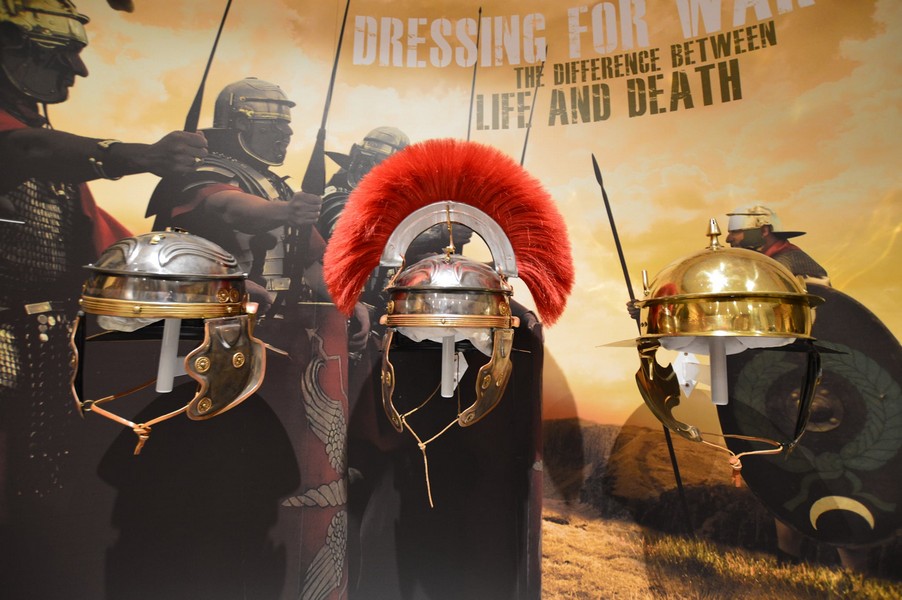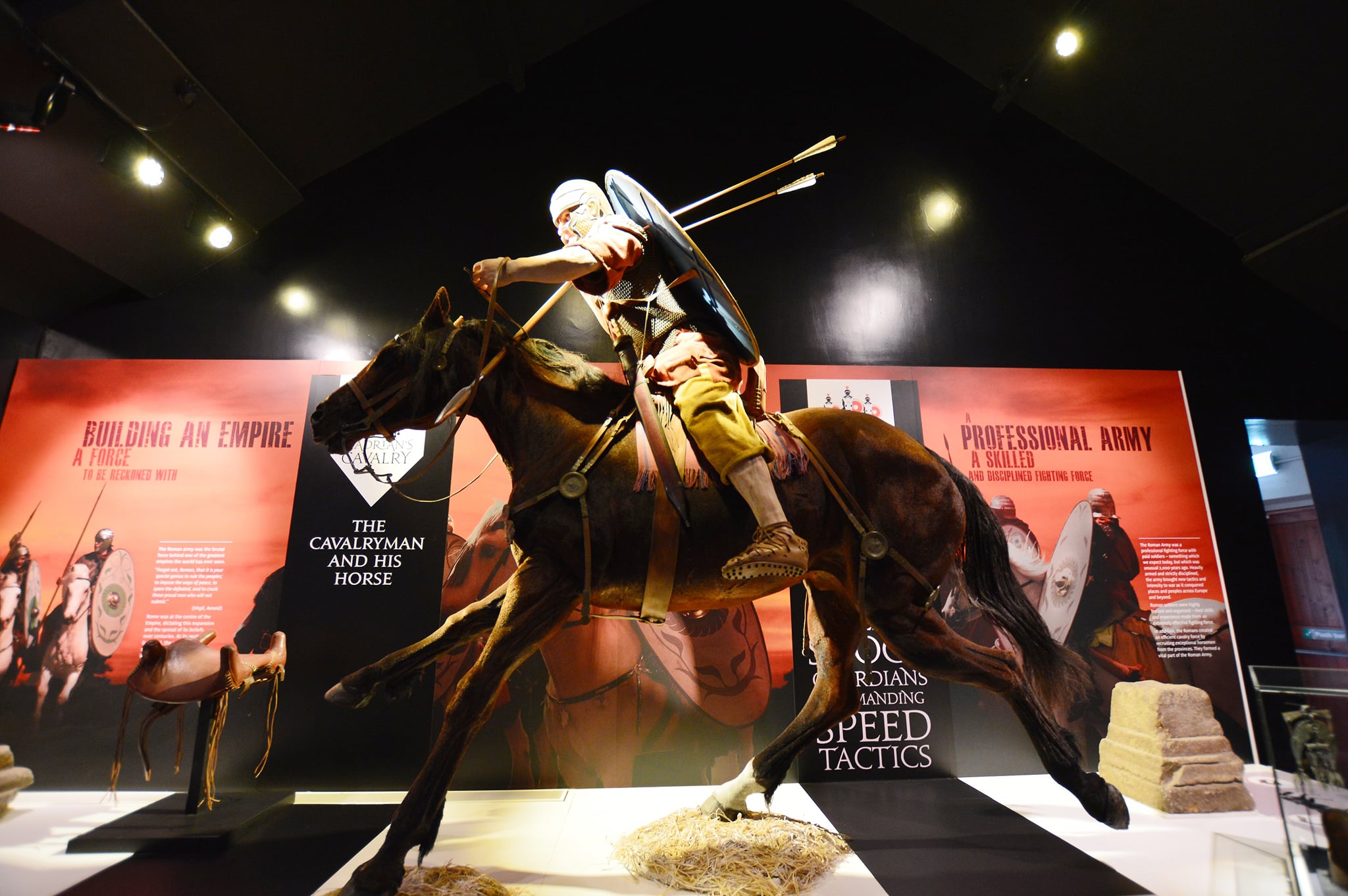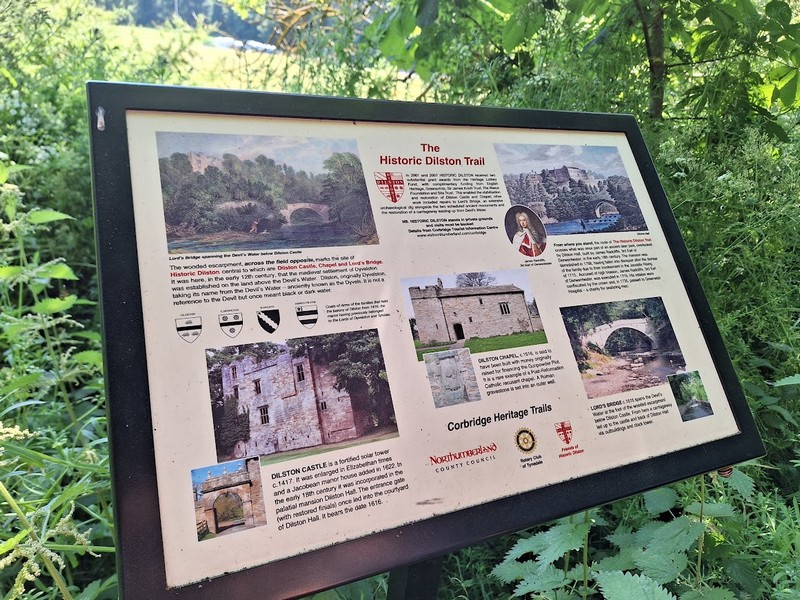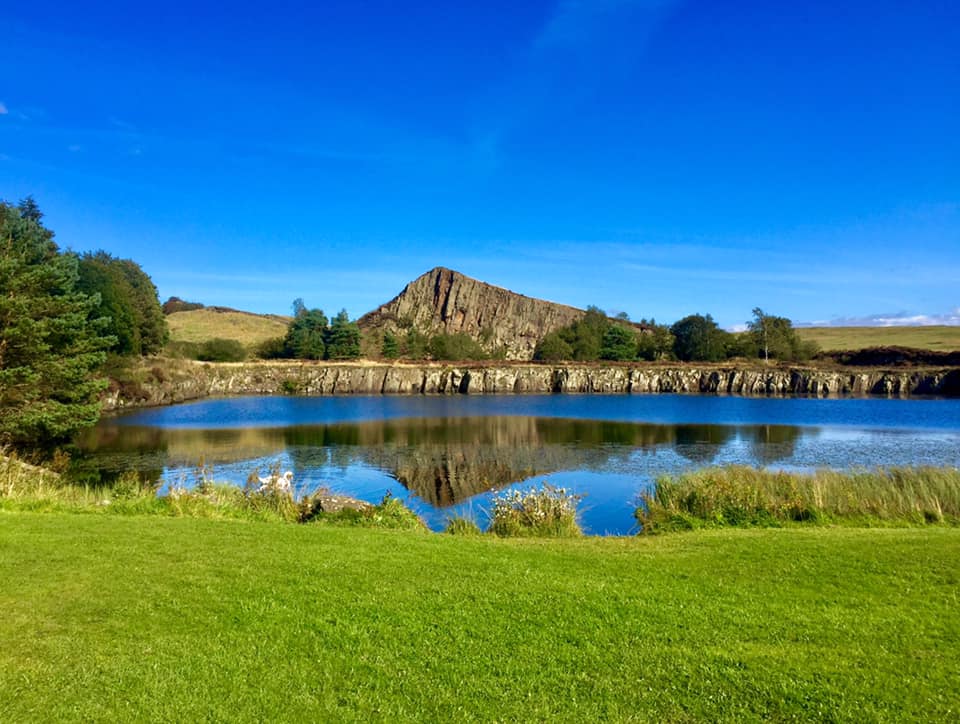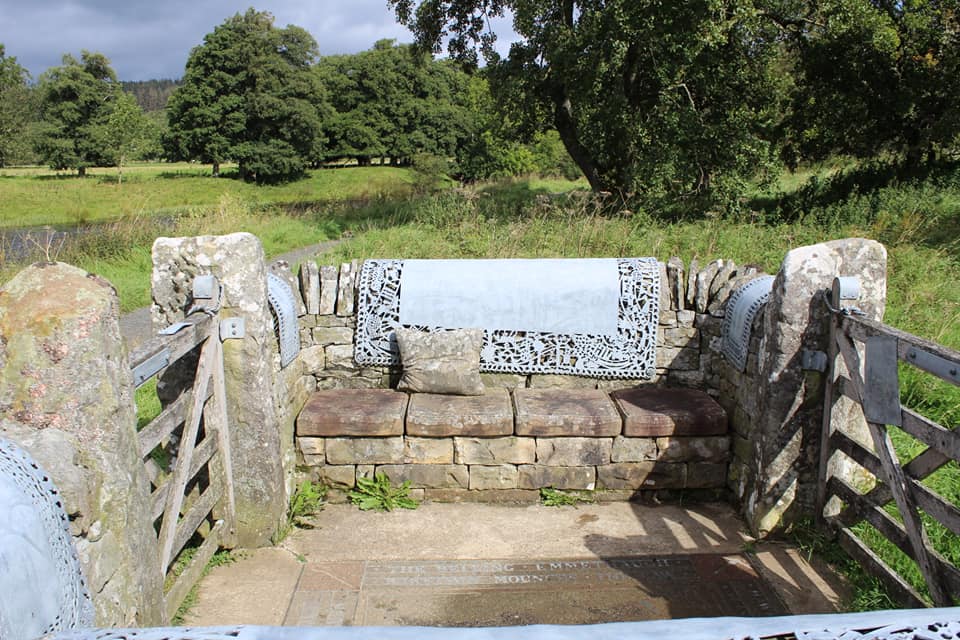Northumberland has some gorgeous walks to waterfalls and what could be better than a walk in the beautiful Northumberland countryside combined with the sight and sound of a waterfall.
The Northumberland National Park is the place to go to enjoy many superb walks with the added bonus of a waterfall, this lovely 3 mile walk takes you to the spectacular Linhope Spout waterfall that has a 60ft cascade that drops down into a plunge pool that is 16ft deep. The walk to Linhope Spout begins and ends near the village of Ingram and is classed as a moderate walk with some steep and rocky paths but definitely worth the trek. When you reach your destination you will find that the impressive cascade of water and plunge pool sits within a pretty glade that is perfect for a picnic or of course there is always the opportunity for a spot of wild water swimming!

Also within the National Park is one of our own personal favourites Hareshaw Linn near Bellingham which is just a 20 minute drive from St Oswald’s Farm. The 3 mile walk begins at the Hareshaw Linn car park in Bellingham and follows the serene Hareshaw Burn upstream. Along the way, you’ll cross six charming little bridges and pass through a rich mix of oak, hazel, elm and ash trees and keep your eyes open for red squirrels, woodpeckers, wood warblers and many more creatures and birds that call this beautiful woodland home. As you navigate the winding paths you’ll soon hear the sound of the waterfall and then the stunning 30 foot torrent which is tucked within a moss covered gorge, will come into view. The path is well-defined but is uneven and steep with steps and muddy patches, so make sure you have suitable footwear to enjoy this lovely walk.


One of the prettiest waterfalls in the area has to be Crammel Linn which lies on the River Irthing on the border between Northumberland and Cumbria and which can be accessed on foot from the nearby village of Gilsland. The Irthing flows through a deep gorge which is flanked by sandstone crags and although not a particularly easy walk you will be rewarded a with the sight of a very pretty 25ft waterfall. The cascade splits into two during drier spells but after heavy rain is a powerful single force. The circular walk from Gilsland is around 9 miles and offers a perfect blend of natural beauty, wildlife, tranquility together with a touch of history.

North Northumberland has its share of stunning waterfalls too and Routin Linn which sits north of the town of Wooler, which is not to be confused with Roughting Linn, is no exception. A moderate walk from the village of Ford takes you through tranquil countryside passing the Ford Moss Nature Reserve where you can see birds such as red grouse, meadow pipit and woodcock. The route continues from the reserve towards Goatscrag Hill before arriving at this fairytale style waterfall on the Broomridge Dean Burn. A short walk away from the waterfall is an outcrop of grey sandstone where you can see Iron Age ring marks and cup holes carved into the rocks which are thought to date back 4,000 years to the Neolithic period. A picturesque walk with an enchanting waterfall together with a glimpse of fascinating history. This walk is a linear route and you’ll return to Ford on the same path.
There are many more wonderful walks to waterfalls across the whole of the North East of England so if you’re a waterfall seeker don’t miss the spectacular High and Low Force in nearby County Durham. Combine this with a visit to Barnard Castle, Raby Castle, Egglestone Gardens or The Bowes Museum.
High Force (c) Vamosjanos

Taking some of the beautiful walks to waterfalls is simply a wonderful way to see and enjoy the Northumberland countryside and for more walks by water then head to our blog post on some of our lovely river walks.













